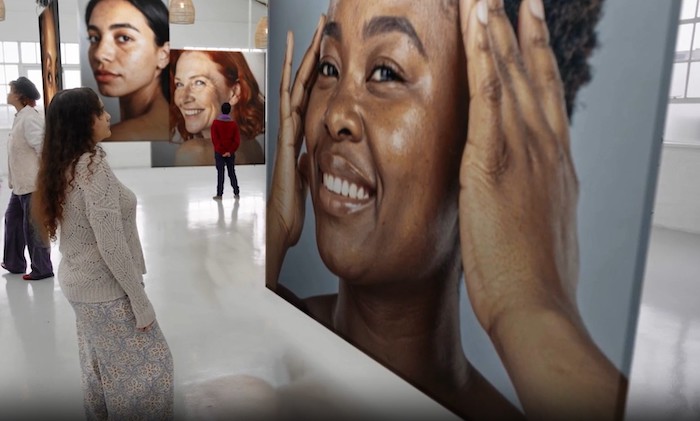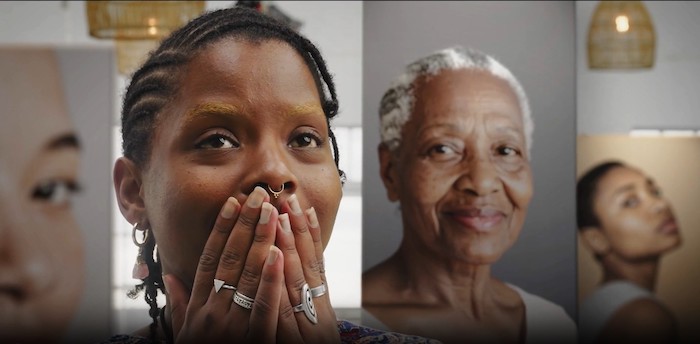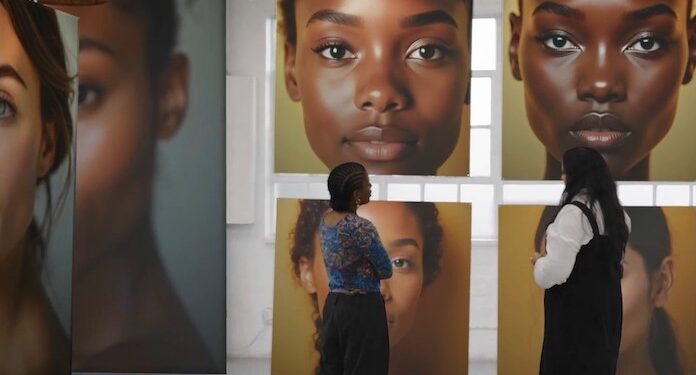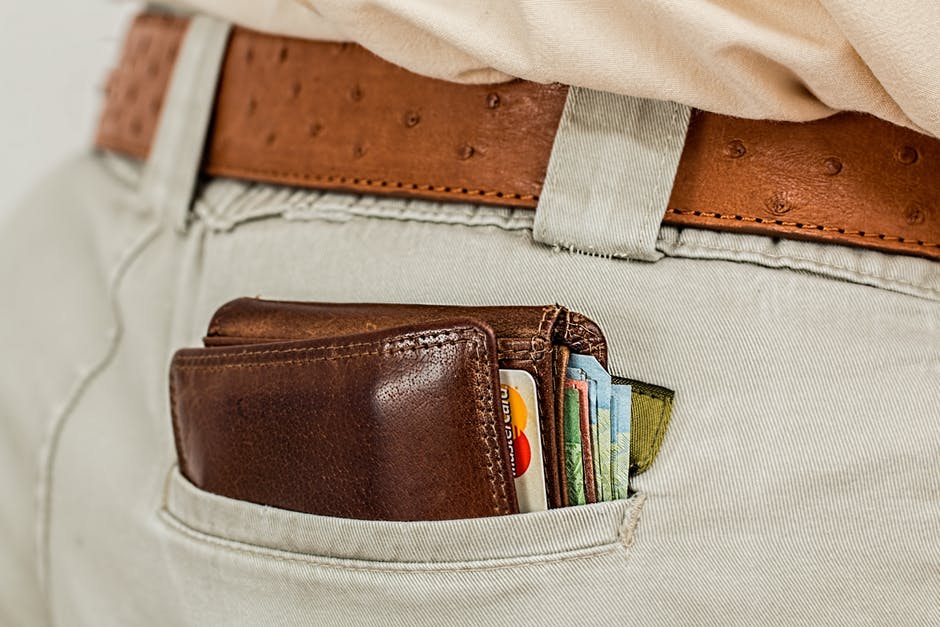There’s an amusing trend on social media of people sharing ‘AI fails’. Typically, it takes the form of a straightforward prompt yielding a bizarre surrealist image that no sensible human brain would ever have leapt to. And that’s the point – the fails are often accompanied with a caption along the lines of, “don’t worry, our jobs are safe”.
Of course, the irony here is that AI fails often aren’t, technically speaking, tech fails at all, but rather the result of human error. The chatty interface of these models makes it easy to forget that they are still just computer software. And, like how Boolean search was created to help users get more useful results from search engines, quality prompts will get more useful results from AI models.
Why does it matter, though? Because while AI fails make for entertaining social feed fodder, poor prompting for images in particular can have deeper implications for brands and customers alike.
Why poor AI prompts are problematic
It’s well-known that AI training data has a strong English-language, Western bias. It’s why the humble em dash has become notorious as a hallmark of AI-generated copy: The long, unspaced em dash is an American punctuation device; South Africa uses shorter, spaced en dashes.
Africa is especially underrepresented in the training data. Because of that, when given free rein, models will often portray African cultures as seen by Americans or Europeans, rather than the lived experience of Africans on the ground. This is especially evident and problematic when it comes to images. If a picture is worth a thousand words, it can also convey a ton of stereotypes – for example, that beauty is young, flawless and Caucasian.
For brands using AI-generated images, this can mean alienating customers. When a fashion brand used AI models in their ad in Vogue magazine earlier this year, the public backlash that ensued wasn’t so much about the images being AI, but rather because, with all of humanity available, the images reflected only a stereotypical Western beauty ideal.
Meanwhile, brands like Dove South Africa are actively working to counteract these stereotypes by doubling down on their long-standing commitment to celebrate real, diverse beauty.

How to write better image prompts
Your AI of choice may sound like a little person trapped in your computer, but when you write prompts, it’s important to remember that you’re, in essence, programming a machine. And you can’t expect a machine to figure out what you’re trying to say, you have to say it.
Give it context: Explicitly state that your audience is South African and you’re looking for South African outputs. Explain the purpose of the image and the message it needs to convey.
Include detail: If you’re generating an image of a woman, how old is she? What’s her ethnicity? Her build? What “imperfections” does she have that make her unique? What’s her hair colour and texture? These are all details that a machine can’t infer.
Use precise terminology: Choosing words carefully is how you get nuance. If your AI-generated woman is smiling, is she smiling broadly, mischievously, sadly? Is it a smug grin or a forced half-smile?
If it all feels like a lot to think about, that’s because it is. It’s no easy feat to translate an image in your head into a description vivid enough that a piece of software can re-create it on screen. It’s much easier just to settle for what the model spits out – even if that means the image you imagined of a beautiful older Black woman with laughter lines and grey streaks in her hair has morphed into a flawless, light-skinned, heavily filtered Instagrammer.
The free tool that does it for you
That’s why Dove South Africa worked with its agency, VML, to create the Dove Real Beauty Generation Chrome extension, free for anyone to download from the Chrome Web Store. The first tool of its kind in the world, it works like a human-AI translator. Using drop-down menus, it makes it easy for anyone to create a prompt that will generate natural-looking images of women of any age or ethnicity.
Dove itself has vowed only to use real women in its marketing, but other brands will use AI. Using this tool, people can bring diversity into their outputs and get as close to real, inclusive beauty as possible without photographing a real person.
With AI tools becoming more sophisticated, there’s no need to settle for bad AI imagery. If you’re not getting the results you want, tweak your prompt. If you’re battling to get the prompt right, get a tool to do it for you.
The Dove Real Beauty Generation Chrome extension is free to download in the Chrome Web Store and free to use. It works with most online AI image generators.
Dominique Baxewanos is VML creative director.















